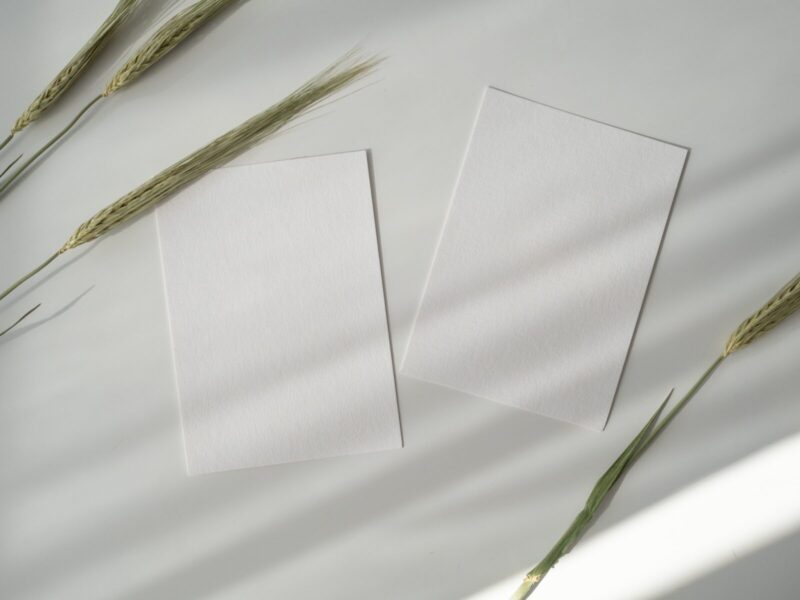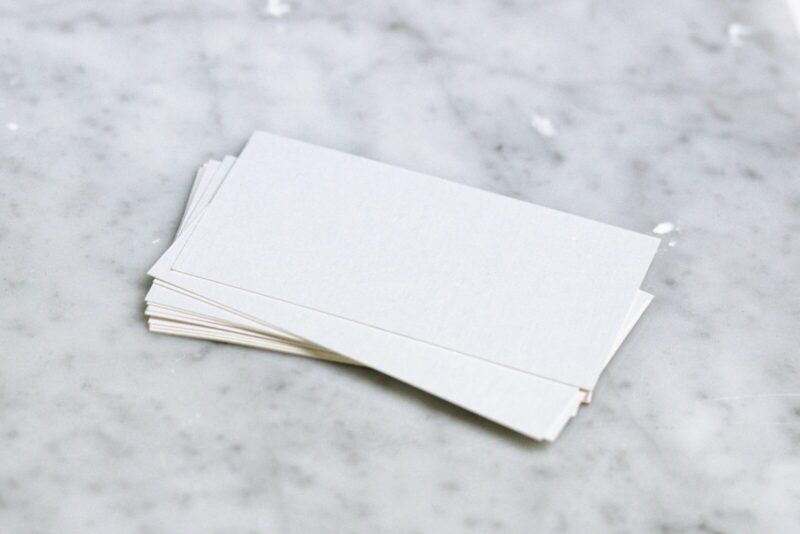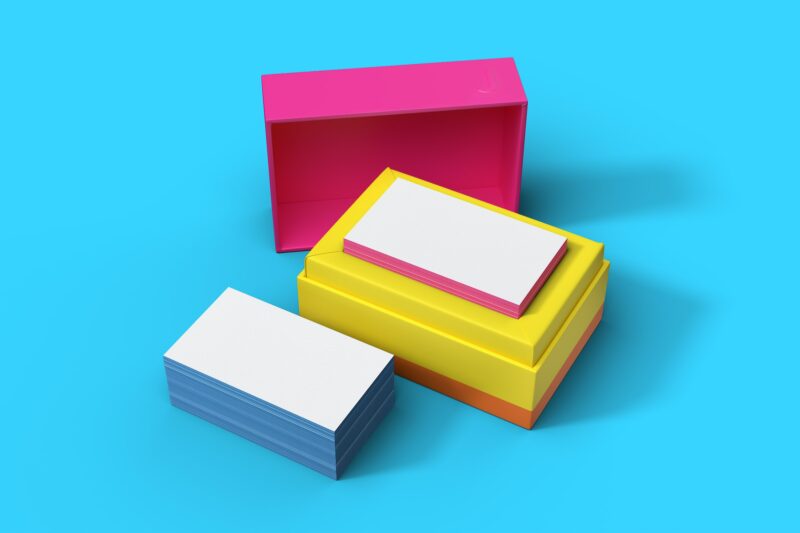There’s no need to be a hoarder when it comes to index cards anymore! In this article, we’ll show you how to easily organize them using some simple techniques. So if you’re looking for an easy way to keep track of ideas, or to organize your thoughts on a particular project, check out our guide below on organizing your index cards like a professional!
What are index cards used for?

Index cards are simple to use and they are a great way to organize your ideas more effectively on a small piece of paper.
They are also great tools to use when you need to brainstorm, collect thoughts, and for coming up with creative solutions. They can be used for anything from writing a novel, creating a list of groceries, making to-do lists, using them as notes so you don’t forget something important that you need to do, or even planning a vacation.
Index cards are often used in the workplace as well. They are a great way to track your progress. They also help with prioritizing tasks and making sure that the right people are working on the right projects at the right time.
They can be a good tool used for studying too, they make studying more fun and easy. When you’re studying, you should separate all the materials you need and leave behind any unnecessary materials. You can use them to make flashcards.
What you will need
To organize your cards first, you will need a container to put them in. Some people use manila folders, other people use larger folders. You can also use a box or a bag. Whatever you use, make sure it is big enough to hold the entire pile of index cards.
Next, you will need something to write on the cards. Some people use pencils, others use pens. The important thing is that you have something to write so that you can find what you are looking for later on.
Finally, you will need lots of index cards! Depending on how many items you want to list on them, you may need between 50 and 100.
How to prepare

If you are planning on organizing, there are a few things you will need to do to make the process go as smoothly as possible.
First, make sure that you have plenty of index cards. You will likely end up using at least half of the cards that you initially purchase, so it is important to have enough on hand.
Next, make sure that your cards are in good condition. This means that they do not have any rips or tears and that the print is legible. If they are damaged in any way, it will be difficult to use them effectively.
Finally, make sure that you organize them in a way that makes sense for the task at hand. For example, if you are organizing your index cards by topic, it is important to arrange them logically. Do not mix different types of cards – for example, don’t put photos and words together. Stick to one type of card for each category.
The different types of index cards
There are many different types of index cards, so choosing the right one for your project is important.
Some of the most common types are cards with tabs, dividers, and with pockets. Each type has its advantages and disadvantages.
Index cards with tabs are great for organizing large groups of information. You can use tab stops to keep each group of cards in order. This type of card is also easy to move around, so you can always find the information you need.
Index cards with dividers are perfect for small projects or groups of information. You can use dividers to create different sections on the card. This makes it easy to find specific information, and it’s easy to keep the sections organized.
Index cards with pockets are perfect for quick reference material. You can put notes, sketches, or photos on the card inside the pocket. This makes it easy to access the information you need when you need it.
Index cards can come in different sizes as well, including 3-by-5, 4-by-6, and 5-by-8.
Be sure to make the right decision in choosing the right type and size of your cards.
How to organize

One way to help keep your index cards organized is to use a cardholder. You can buy or make a card holder, or you can use an existing container like a folder.
If you want to make your cardholder, you can use different colors and patterns for different subjects, or you can use different-sized cards. You can also use different types of index cards, such as post-it notes or paperclips.
If you want to use an existing container, try organizing your index cards by subject. For example, you could put all the math index cards in one folder, all the science index cards in another folder, and so on. This way, it will be easy to find what you’re looking for. You can put them in alphabetical order, by topic, or by date. You can also use tags to help you organize your index cards. For example, you might tag index cards with the following topics: recipes, clothes, travel, etc.
You can use an index card binder to feel even more organized. That way you can easily bring them with you anywhere without worrying about the cards getting dirty or damaged in your bag.
Conclusion
If you’re like most people, you probably have a lot of index cards lying around in various states of disarray. By following our tips, you’ll be able to quickly and easily access whatever information you need without having to search through piles of paper scattered across your desk.


